RBNZ jointly announced the policy target agreements with Ministry of Finance today. Employment is now formally added to its mandate. The statement retained price stability as a target. RBNZ should target to keep annual CPI inflation between 1-3% over medium term. And focus is to keep inflation near to the 2% mid-point. Additionally, the with stable general price level maintained, the monetary would “contribute to supporting maximum sustainable employment within the economy.”
Overall, the announce is widely expected as a result of the new government’s RBNZ review. And, there wouldn’t be any change to the neutral to slightly dovish bias of RBNZ as Adrian Orr just take over as the governor.
Here is the full announcement:
Policy Targets Agreement 2018
The Government’s economic objective is to improve the wellbeing and living standards of New Zealanders through a sustainable, productive and inclusive economy. Our priority is to move towards a low carbon economy, with a strong diversified export base, that delivers decent jobs with higher wages and reduces inequality and poverty.
Monetary policy plays an important role in supporting the Government’s economic objective. The Government expects monetary policy to be directed at achieving and maintaining stability in the general level of prices over the medium term and supporting maximum sustainable employment.
This agreement between the Minister of Finance and the Governor of the Reserve Bank of New Zealand (the Bank) is made under section 9 of the Reserve Bank of New Zealand Act 1989 (the Act). The Minister and the Governor agree as follows:
1. Monetary policy objective
a) Under Section 8 of the Act the Reserve Bank is required to conduct monetary policy with the goal of maintaining a stable general level of prices.
b) The conduct of monetary policy will maintain a stable general level of prices, and contribute to supporting maximum sustainable employment within the economy.
2. Policy target
a) The price stability target will be defined in terms of the All Groups Consumers Price Index (CPI), as published by Statistics New Zealand.
b) For the purpose of this agreement, the policy target shall be to keep future annual CPI inflation between 1 and 3 percent over the medium-term, with a focus on keeping future inflation near the 2 percent mid-point.
c) The Bank will implement a flexible inflation targeting regime. In particular the Bank shall, in pursuing the policy target:
- have regard to the efficiency and soundness of the financial system;
- seek to avoid unnecessary instability in output, employment, interest rates, and the exchange rate; and
- respond to events whose impact on inflation is expected to be temporary in a manner consistent with meeting the medium-term target.
3. Transparency and accountability
a) The Bank shall implement monetary policy in a transparent manner. In addition to the requirements of section 15 of the Act the Bank shall in its Monetary Policy Statement (MPS):
- explain what measures it has taken into account in respect of meeting the requirements of section 2(c) and explain how these matters have been taken into account in its implementation of monetary policy; and
- when inflation outcomes, and/or expected inflation outcomes, are outside of the target range explain the reasons for this; and
- explain how current monetary policy decisions contribute to supporting maximum levels of sustainable employment within the economy.
b) The Bank shall be fully accountable for its judgements and actions in implementing monetary policy.
Hon Grant Robertson
Minister of Finance
Adrian Orr
Governor Designate
Reserve Bank of New Zealand
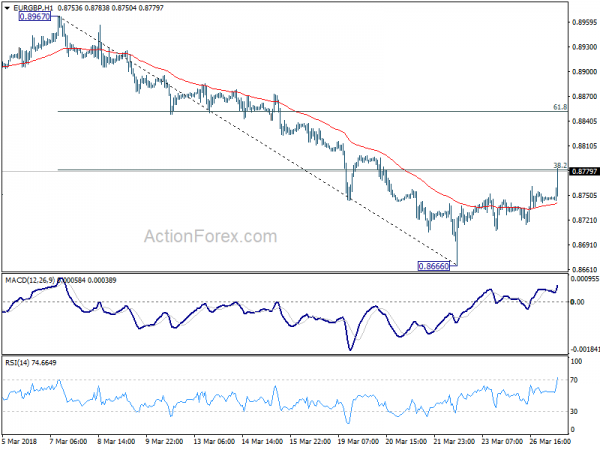 The move in EUR/GBP is also affecting other pairs. GBP/JPY dip notably lower after hitting 150.48.
The move in EUR/GBP is also affecting other pairs. GBP/JPY dip notably lower after hitting 150.48.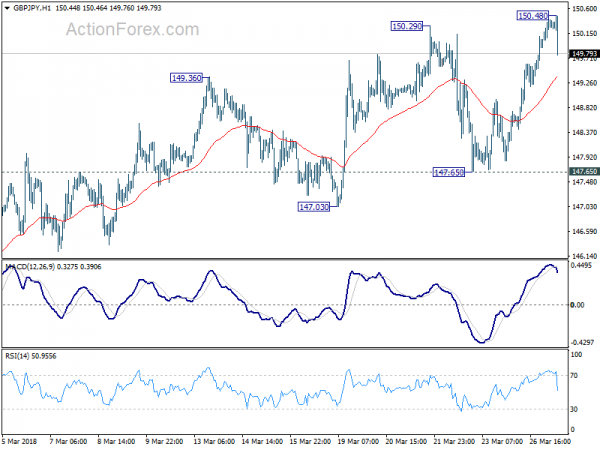 GBP/USD also dips after hitting 1.4243.
GBP/USD also dips after hitting 1.4243.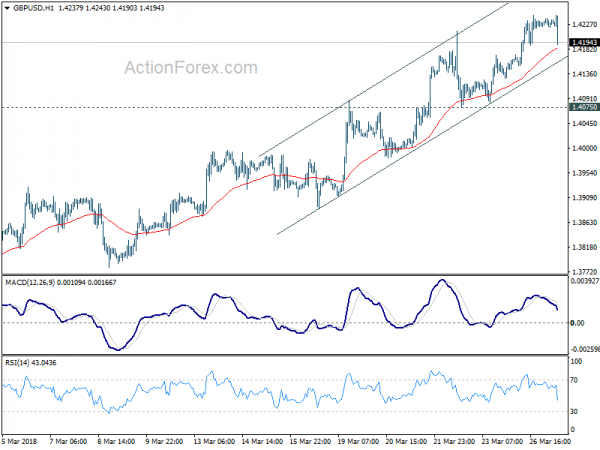 On other hand, EUR/USD is staying firm after edging higher to 1.2475.
On other hand, EUR/USD is staying firm after edging higher to 1.2475.



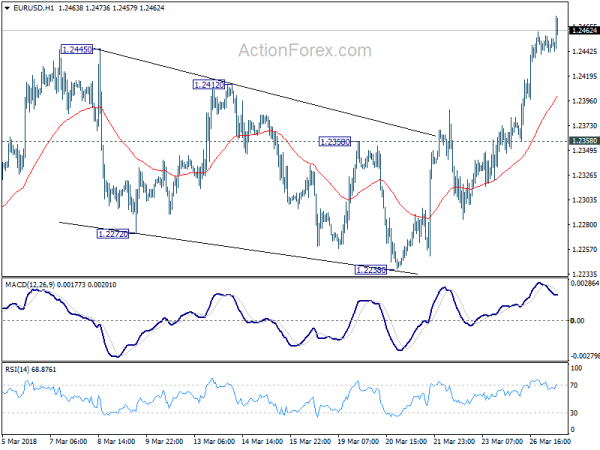
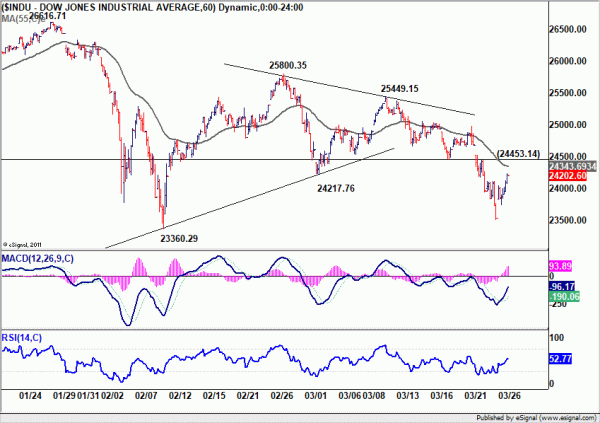
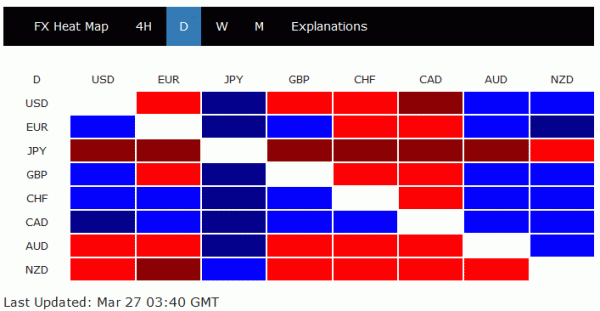
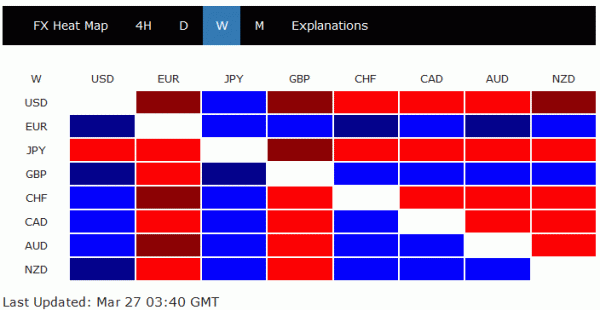
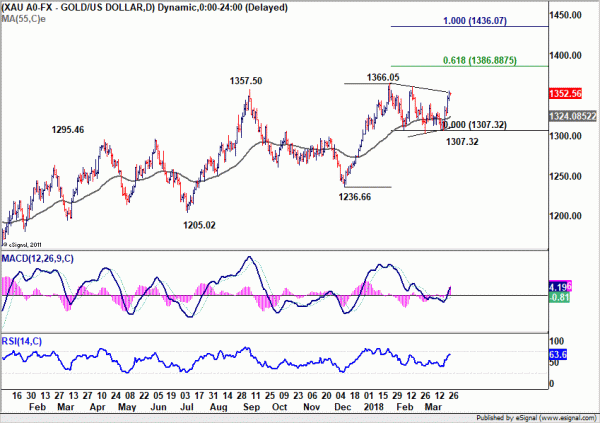
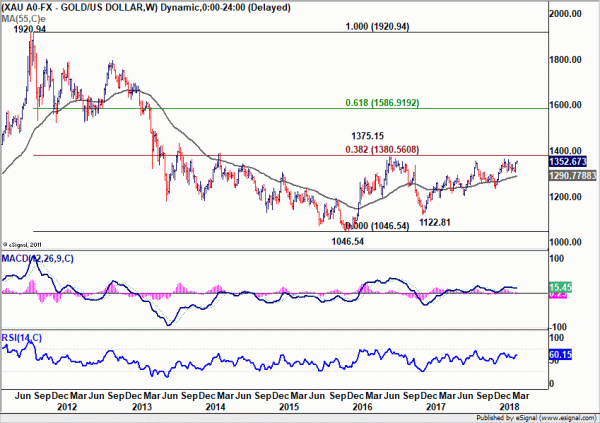
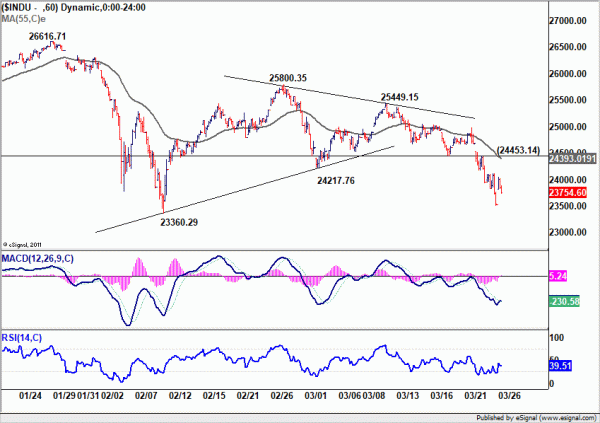
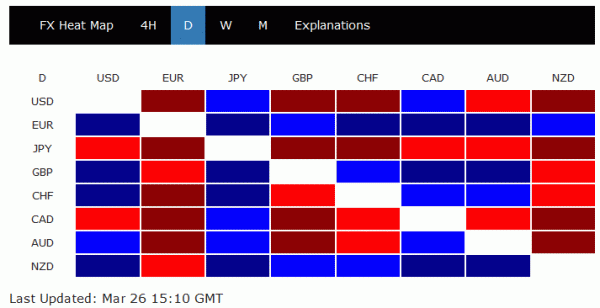
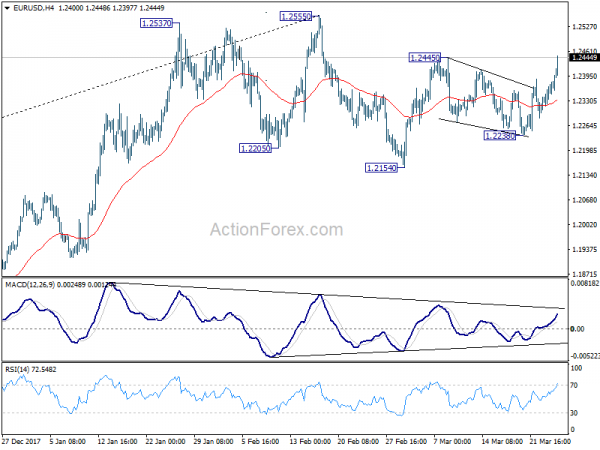
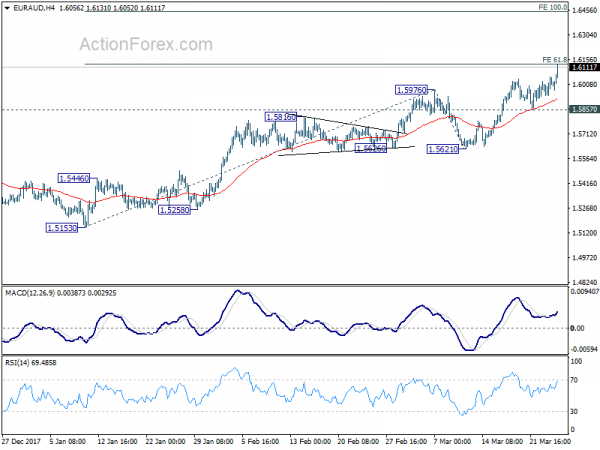
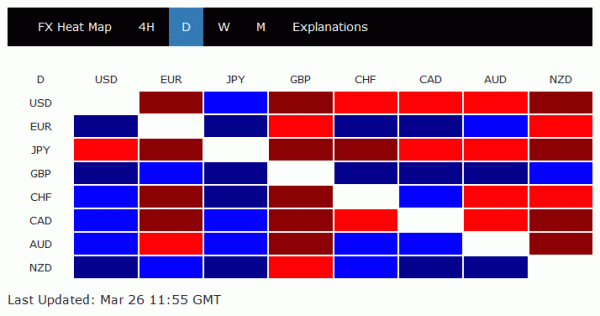
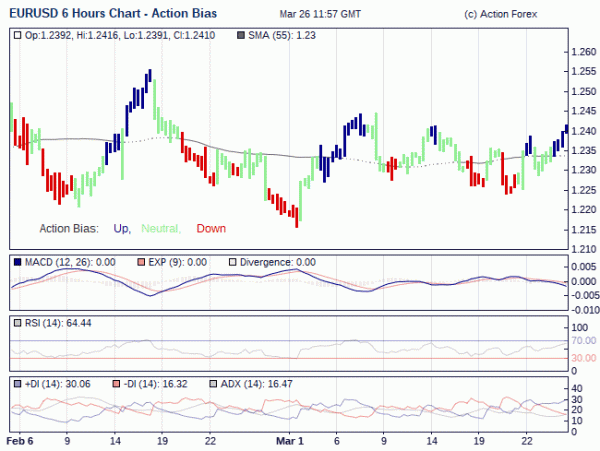
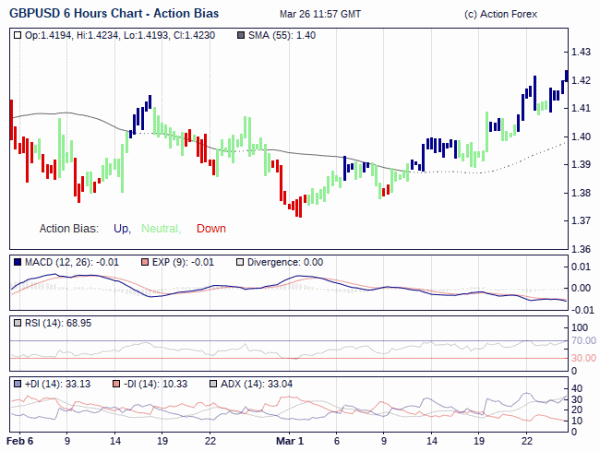
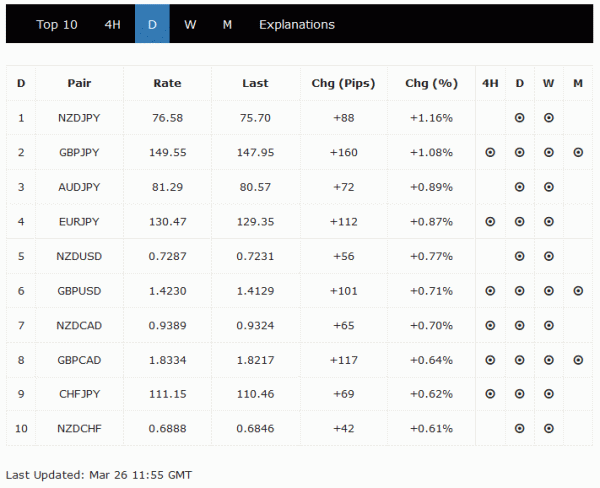
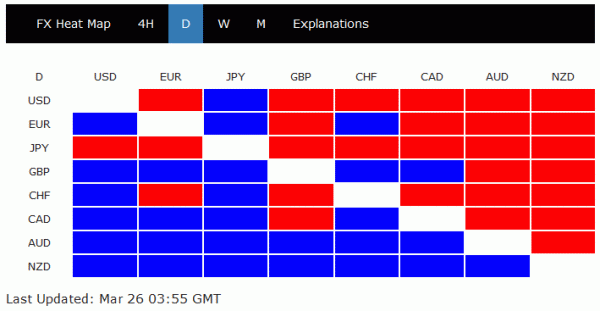
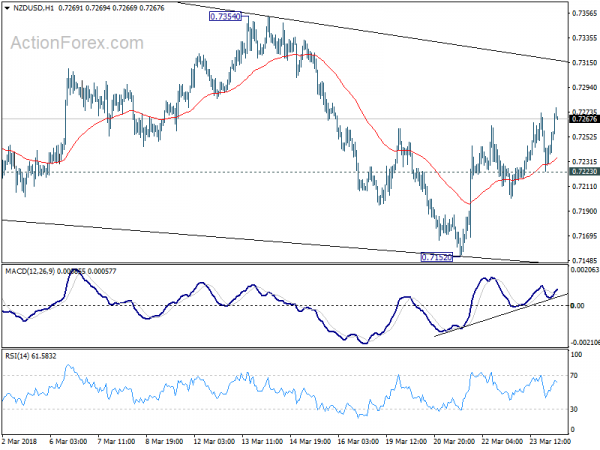
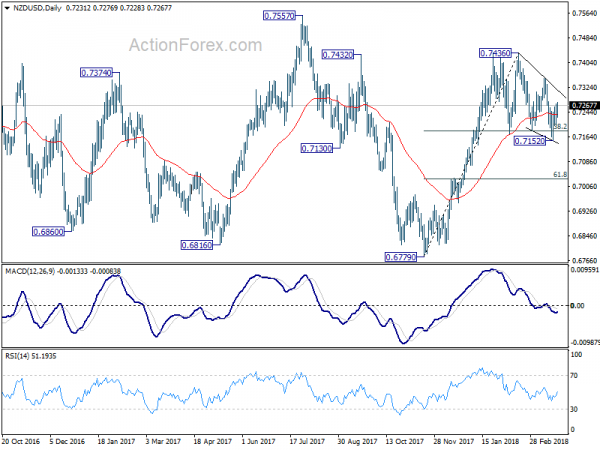
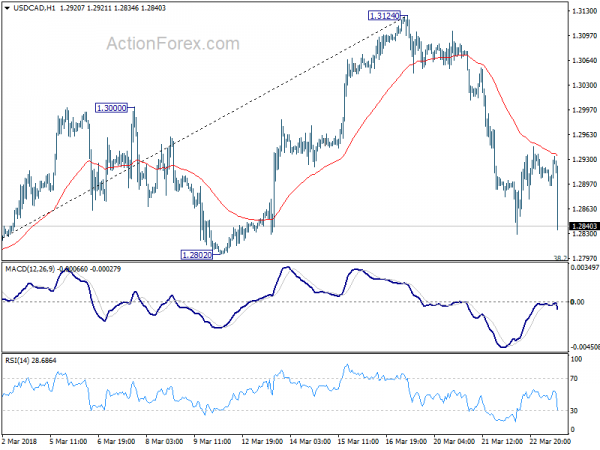

BoE FPC report: Existing crypto-assets did not currently pose a material risk to UK financial stability
BoE just released the record of the Financial Policy Committee (FPC) meeting on March 12.
Here are some points to note:
Regarding the risks of disruption to UK financial services arising from Brexit:
The FPC
Regarding Crypto-assets:
The FPC
Full report can be found here